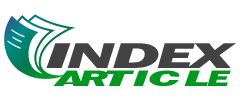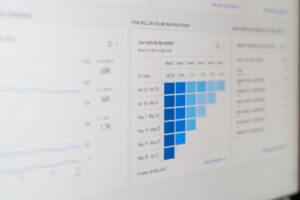Project management is a complex task full of intricacies and the necessity for careful planning. Clear communication and effective planning tools are essential for any project’s success. An essential weapon in a project manager’s arsenal is the Gantt Chart. Below, find out more about the importance of Gantt Charts.
Understanding Gantt Charts in Project Management
Gantt charts have emerged as one of the most utilized tools in project management. It provides a visual representation of a project’s schedule, showing tasks and the timeframe for their completion, making it easier for team members to understand the project at large.
However, as useful as Gantt Charts are, they can also become convoluted, especially in larger projects. Overcrowded features, complex dependencies, and the inclusion of too many minute details can make a Gantt Chart difficult to understand or navigate.
The idea behind Gantt Charts is simplicity and improved project visualization. Therefore, managing the balance between information and ease of use is crucial to its effectiveness.
For those new to the tool, understanding how to use Gantt Charts effectively is a fundamental first step toward streamlined project management.
Essential Features of Effective Gantt Charts
Gantt Charts can include various features, but a few are considered essential for effective project planning and management. These include a timeline, dependencies, task associations, and task allocation.
The timeline should clearly outline the project’s start and expected completion date. Tasks should be listed alongside the timeline to represent their planned duration and identify where they fall within the timeline.
Dependencies between tasks are critical to show, as well. These indicate tasks that cannot begin until a preceding task is completed. Representing such dependencies can assist in reducing complications and missed steps in the project’s execution.
The allocation of resources to each task is another paramount feature, enabling team leaders to avoid overallocation and manage workload effectively.
How To Simplify Gantt Charts for Better Usability
While Gantt Charts can become complex, certain strategies can help manage their complexity and ensure they remain user-friendly. The key lies in selective information display and focusing on key elements.
For instance, rather than including every detail of the smallest tasks, it may be more effective to focus on larger tasks or project phases. This approach can prevent the chart from becoming cluttered with too many elements.
Visually distinguishing elements can also assist in simplifying Gantt charts. Different colors can be used for different tasks, dependencies, or phases. This distinction can make it easier for everyone to understand the project’s state at a glance.
Finally, using software that allows zooming in and out to view different levels of detail can make Gantt charts more manageable, especially for larger projects.
Steps To Create Simplified Gantt Charts Without Compromising Efficiency
Start by outlining the key phases or tasks in your project and their corresponding timelines. This can form the basis of your Gantt Chart, giving you a general idea of the project’s duration.
Next, identify the dependencies between your tasks. Indicate these on your chart and ensure that the timeline reflects these dependencies.
Once you have your tasks and dependencies laid out, you can start assigning resources. Aim to distribute work evenly among your team members and ensure that no one is overloaded.
Finally, review your chart regularly and make adjustments as necessary. Changes in circumstances or task completion times may require adjusting your timelines or dependencies.
Altogether, Gantt charts can make a significant contribution to successful project execution, providing invaluable aid in coordinating activities and maintaining transparency.







